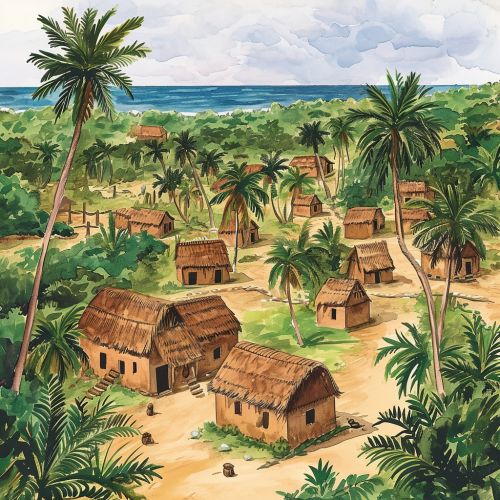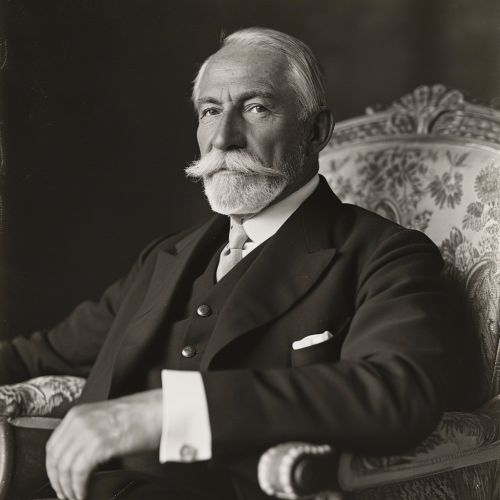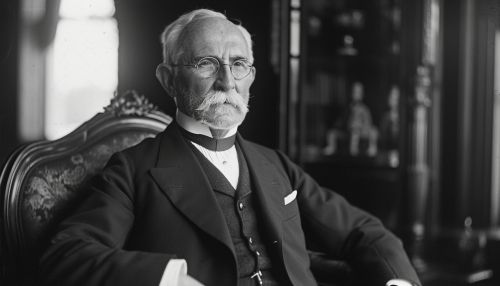History of Miami
Early History
The area of present-day Miami was inhabited by indigenous peoples for thousands of years. The Tequesta tribe was the main group living in the area when Europeans first arrived in the 16th century. Spanish explorers, led by Juan Ponce de León, were the first Europeans to visit the area, naming it "Biscayne Bay Country". However, due to the hostile native tribes and difficult living conditions, the area remained largely uninhabited by Europeans for centuries.


Spanish Rule
In the 16th century, Spain claimed Florida, including the Miami area. However, the Spanish made little attempt to settle the area due to its inhospitable conditions. It wasn't until the late 18th century that Spain attempted to establish a mission in the Miami area, but this was short-lived due to resistance from the native tribes.
American Acquisition
In 1821, Spain sold Florida to the United States. The U.S. government attempted to remove the native tribes from the area, leading to the Seminole Wars. By the end of the wars in the 1850s, most of the native tribes had been removed from the area.
Development of Miami
In the late 19th century, Miami began to develop as a city. Julia Tuttle, a local businesswoman, convinced railroad tycoon Henry Flagler to extend his railroad to Miami, which led to a boom in development. Miami was officially incorporated as a city in 1896.


Early 20th Century
In the early 20th century, Miami continued to grow rapidly. The city's population increased dramatically, and many iconic buildings were constructed during this time, including the Freedom Tower and the Biltmore Hotel. The city also became a popular tourist destination, with many people attracted by its warm climate and beautiful beaches.
Mid 20th Century
During the mid 20th century, Miami continued to grow and develop. The city became a major center for the Cuban exile community following the Cuban Revolution in 1959. This influx of Cuban immigrants had a significant impact on the city's culture and economy.
Late 20th Century to Present
In the late 20th century, Miami faced a number of challenges, including drug-related crime and racial tensions. However, the city also continued to grow and develop, becoming a major international city. Today, Miami is known for its diverse culture, vibrant nightlife, and status as a major center for finance and international trade.
